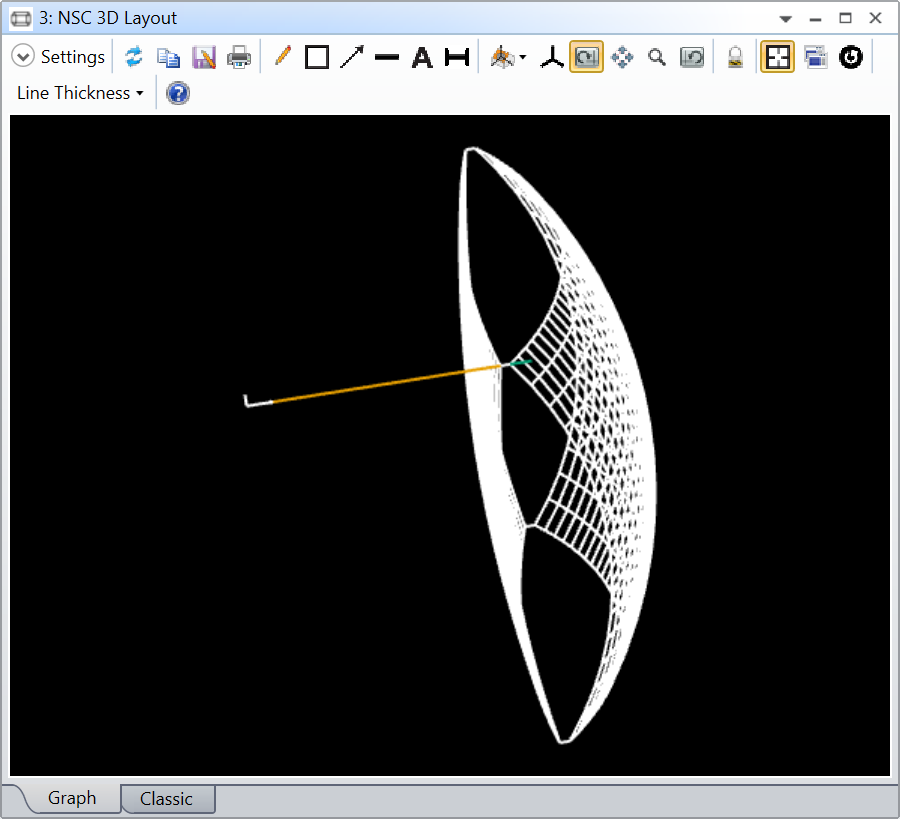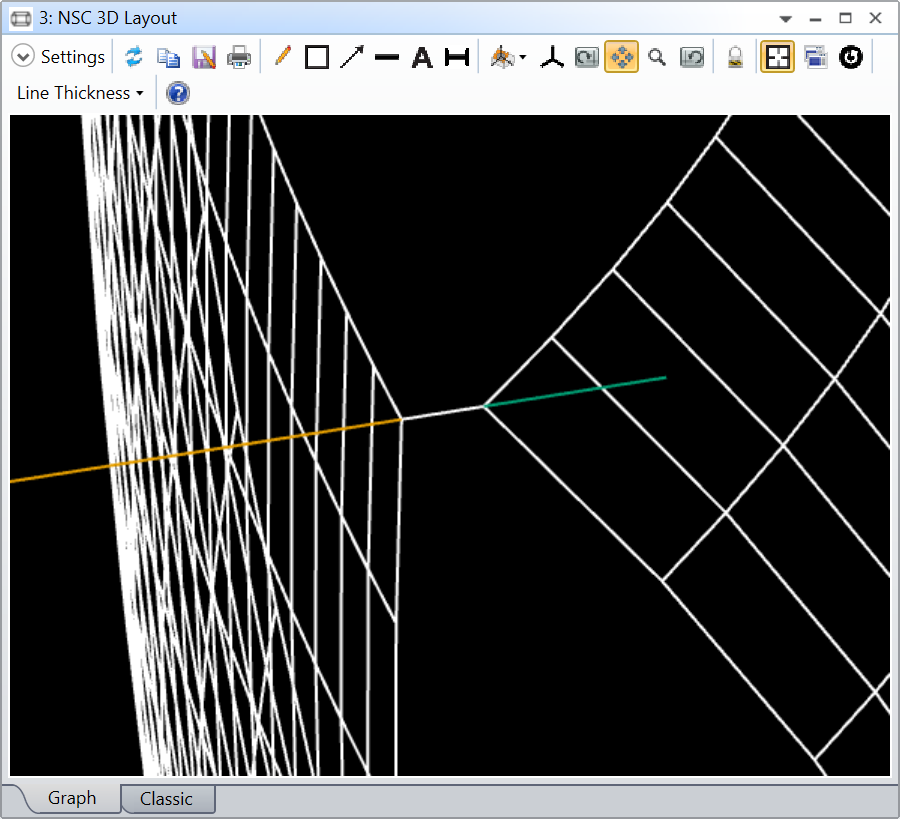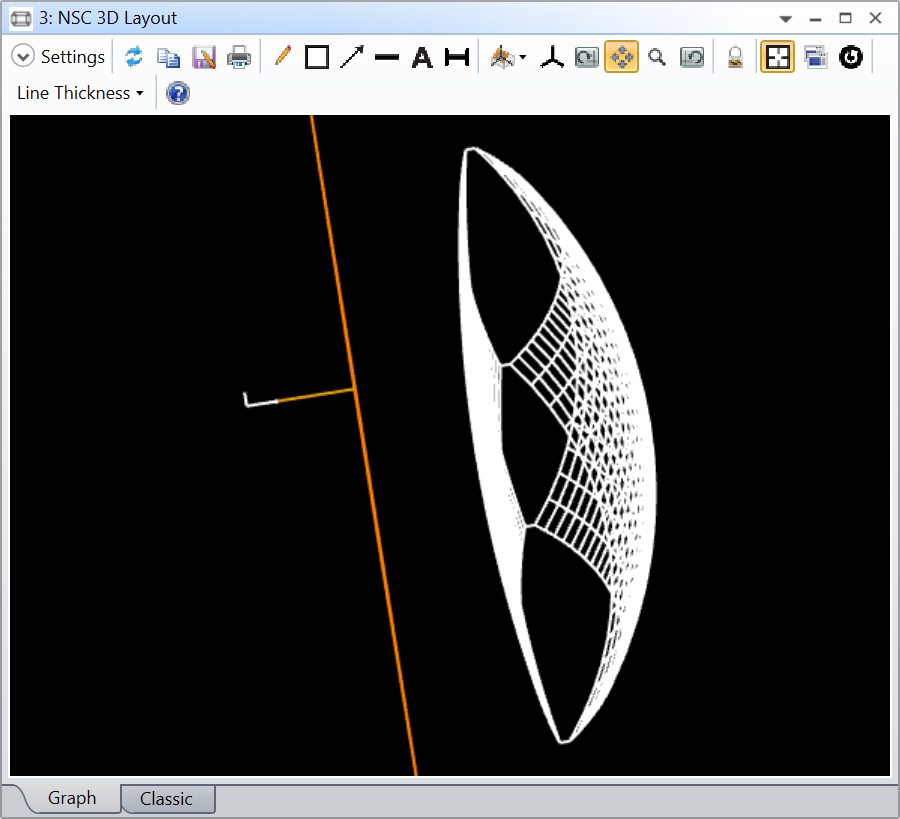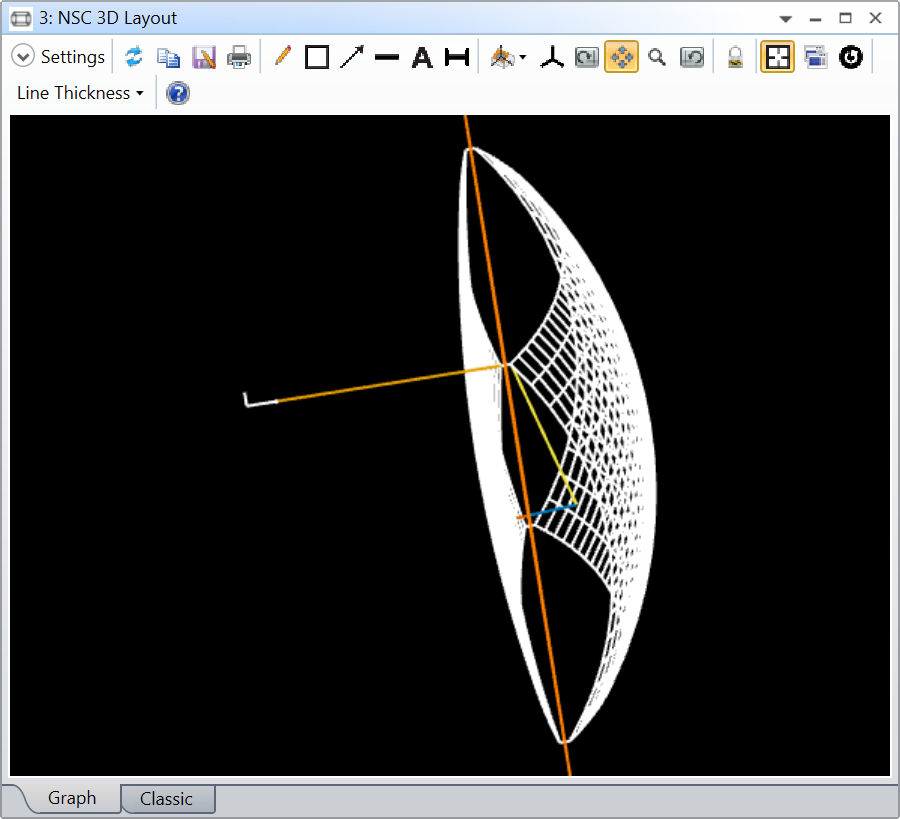I noticed that there is no option to set the aperture when creating a lens in non-sequential mode. Please teach me how to set the aperture.
Solved
How to set the lens aperture in non-sequential mode
Best answer by David.Nguyen
In a Standard Lens you can use the columns Clear 1/2 and Edge 1/2 to define the dimension of your lens.
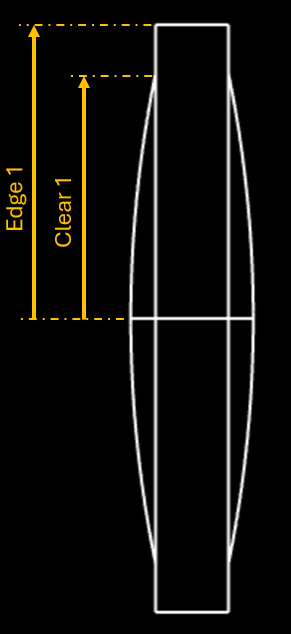
In Non-Sequential, if rays miss the lens they don’t get refracted by the lens as in Sequential mode, i.e. the rays are not expected to travel from one object to another in sequential order in Non-Sequential mode.
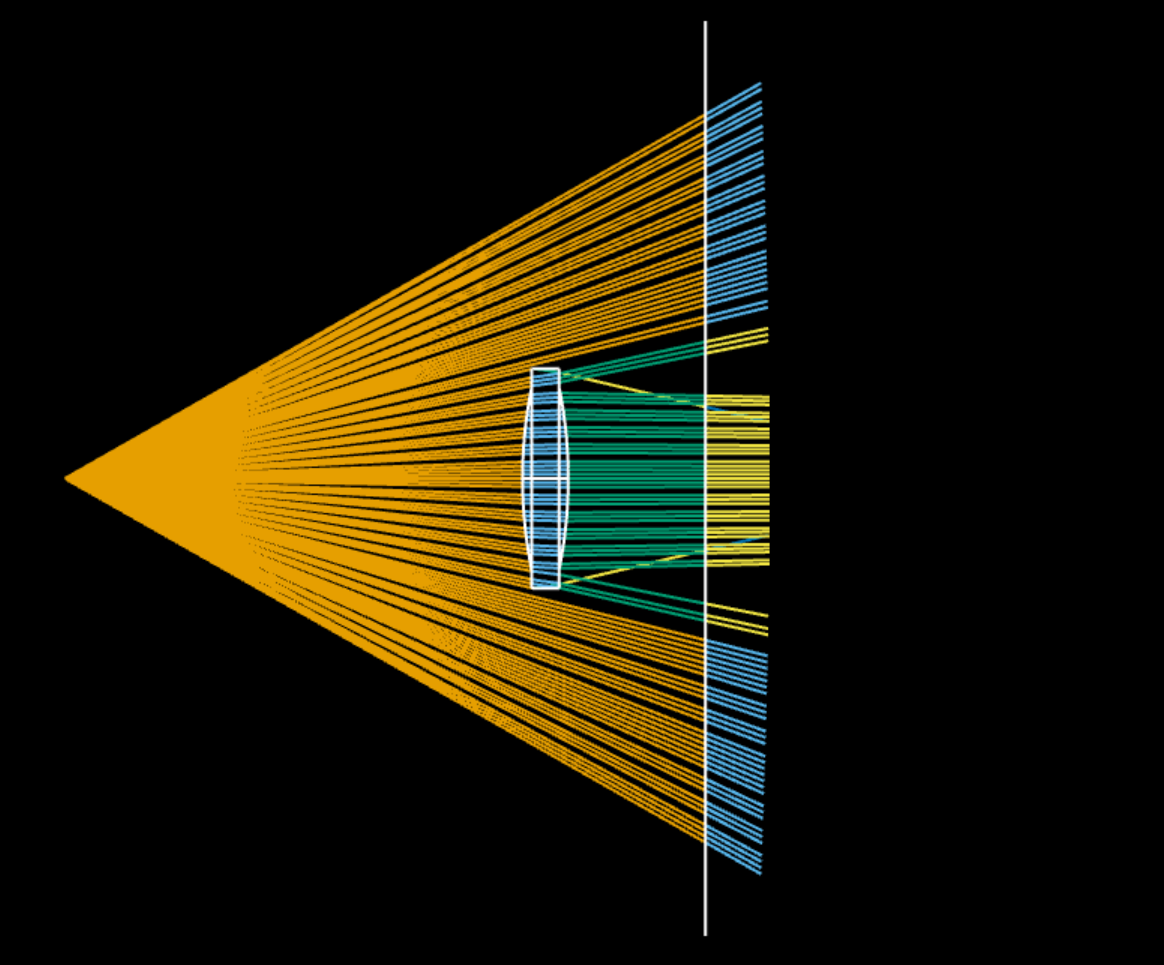
There are many ways to add other kind of apertures to the lens as a separate object. It is quite typical to use the Annulus object, with a Material set to ABSORB.

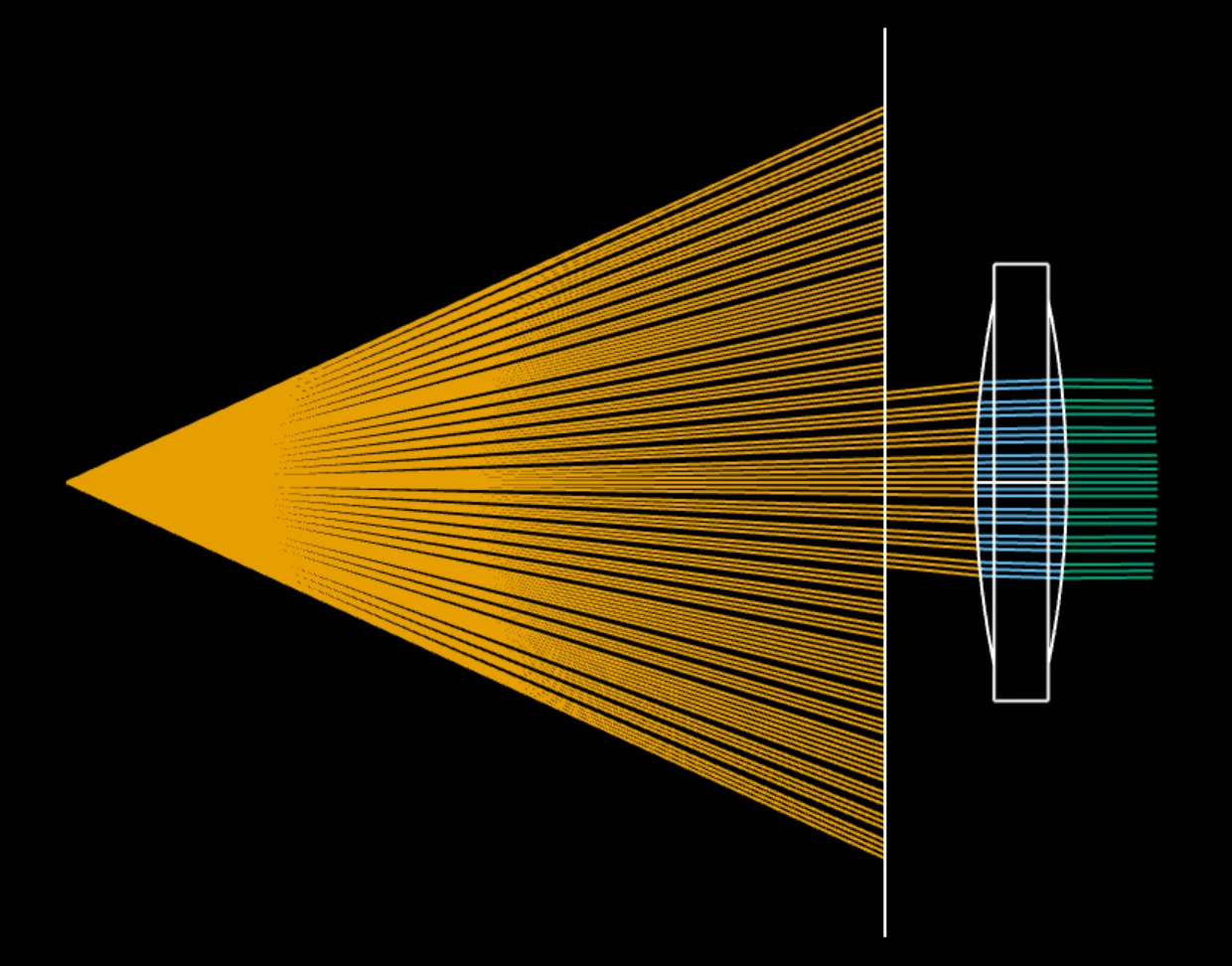
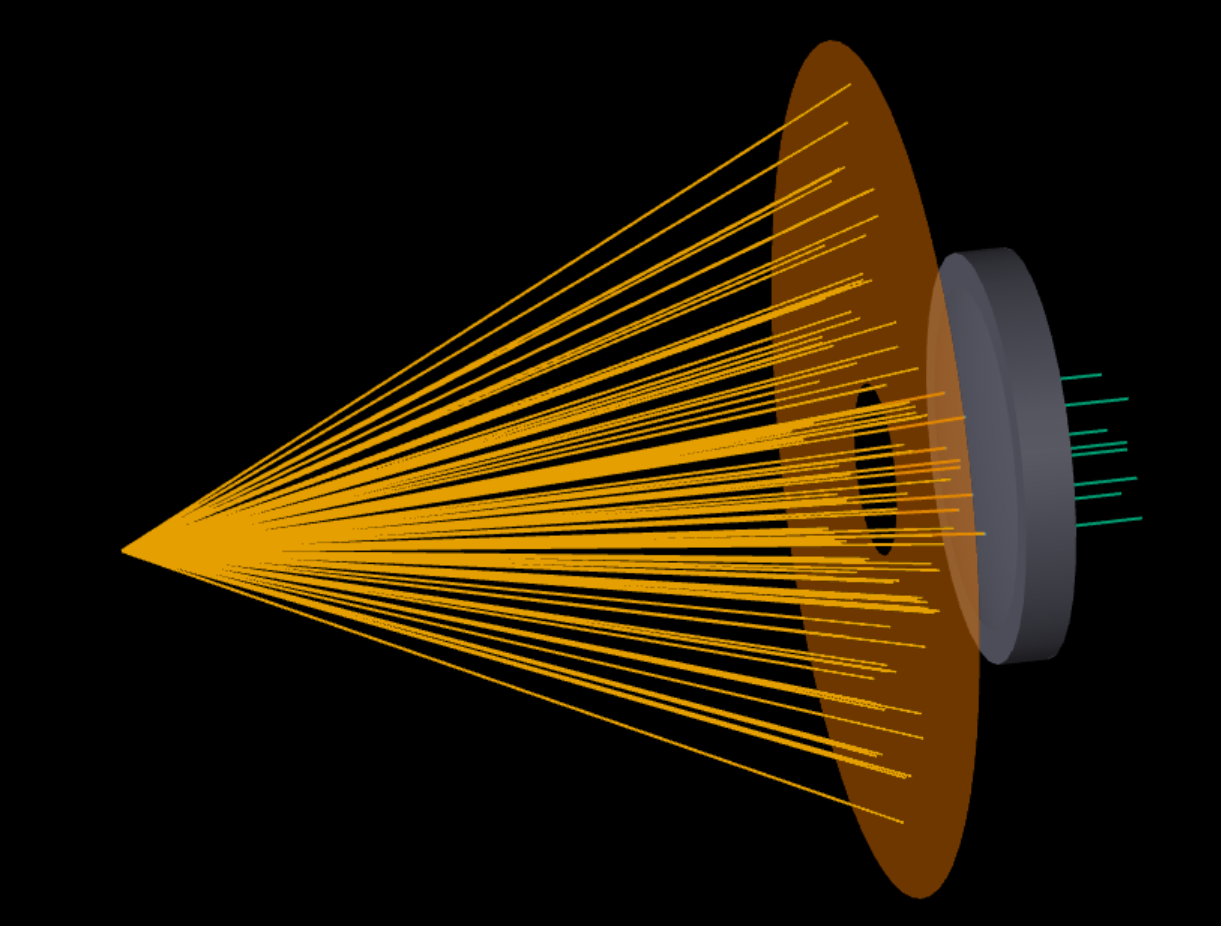
I hope this helps.
Take care,
David
Enter your E-mail address. We'll send you an e-mail with instructions to reset your password.




